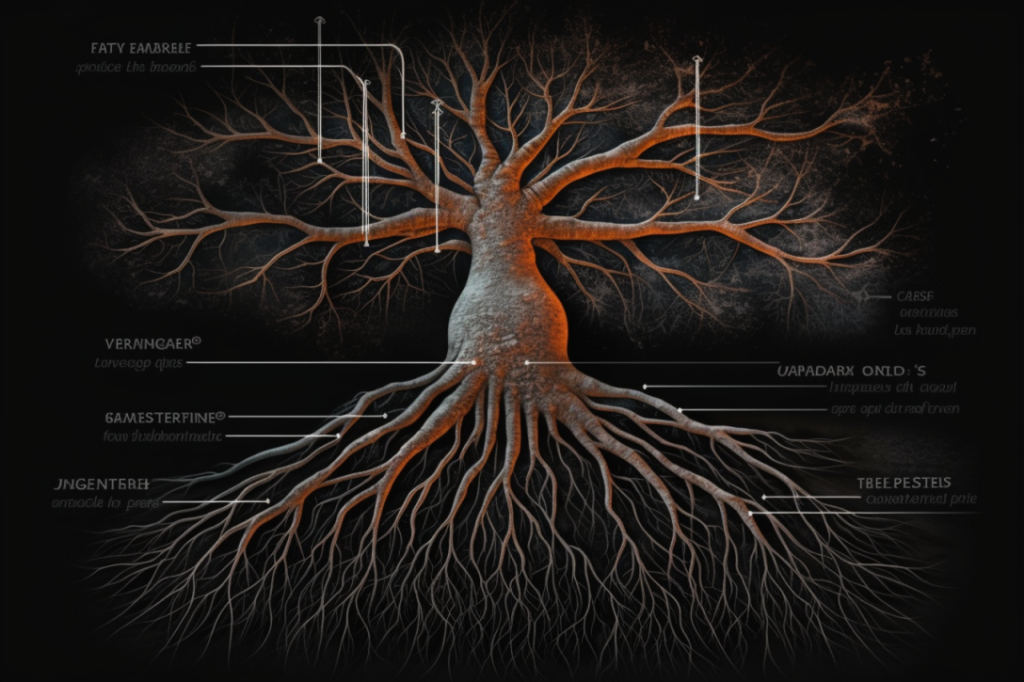During an AskGooglebot session, an SEO professional asked John Mueller about how Googlebot interacts with 307 redirects.
John explained that Google does not interact with them. 307 redirects are not real redirects, he revealed. He said that HSTS tells users to only get the HTTPS version of a page.
HSTS, or HTTP Strict-Transport-Security response header, causes a 307 redirect.
Even if a tool says that a 307 redirect is there, it’s not really there as far as Googlebot is concerned.
If the URL redirects, which is usually the case with an HTTP and HTTPS site, then Googlebot will follow those redirects, and won’t see the 307 that you would see in the browser.
John Mueller AskGooglebot Transcript
John 0:03
Today’s question is from Lee McCoy. Lee asks, “How does Googlebot interact with HSTS/307s?”Well, in short, it doesn’t interact with them. 307 redirects are generally not real redirects. So what does that mean? Well, when you make a site HTTPS, you can optionally use HSTS.
HSTS tells users to only get the HTTPS version of a page. So when a user enters a URL, or clicks on a link that would otherwise go to HTTP, the browser remembers the HSTS and goes directly to the HTTPS version. To make it clear what’s happening, it acts like there was a redirect. Chrome causes a 307 redirect.
So if you use Chrome, and you see a 307 result code with a tool, it’s not really there. When it comes to Googlebot, we tried to crawl URLs with a fresh slate.
So we wouldn’t keep the HSTS lists, and rather just directly access the HTTP URL directly. If that URL redirects, which is usually the case with an HTTP and HTTPS site, we would follow that. So, in short, Googlebot doesn’t see the 307 that you would see in a browser, and that’s fine. I hope I got all the HTTPS and HSTS’s right, and I’ll see you in the next episode.









